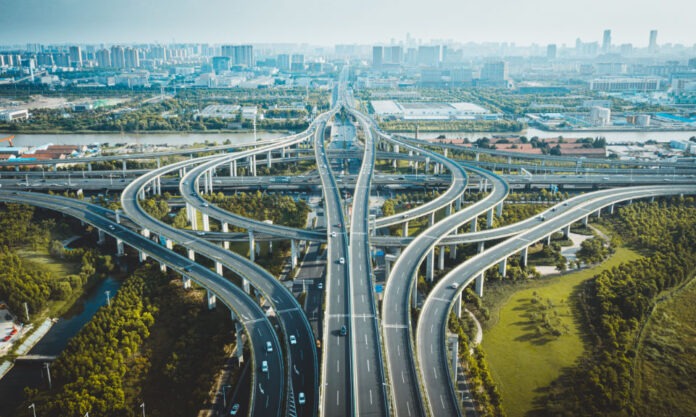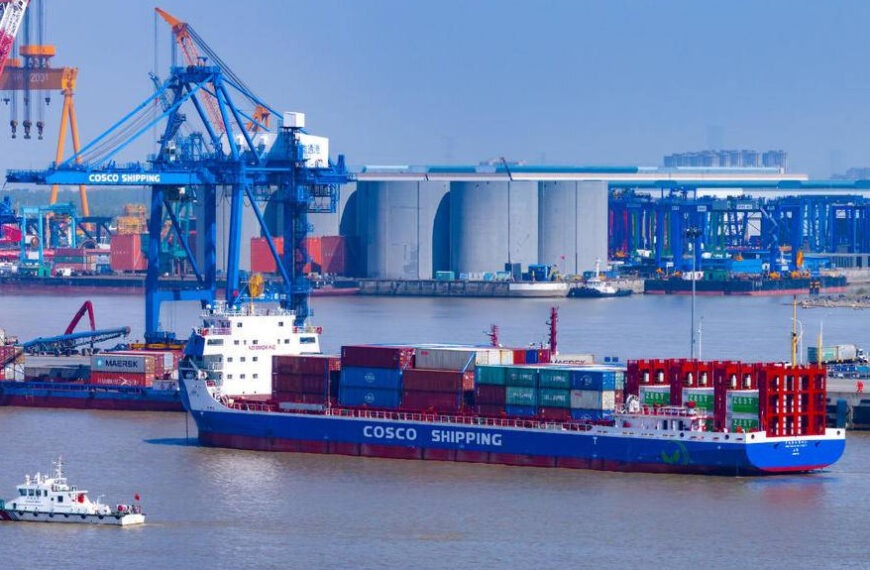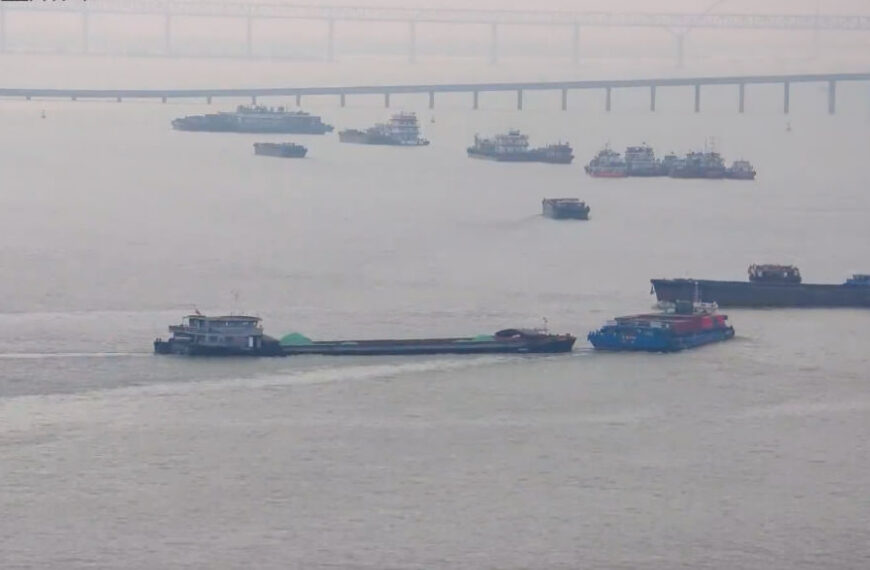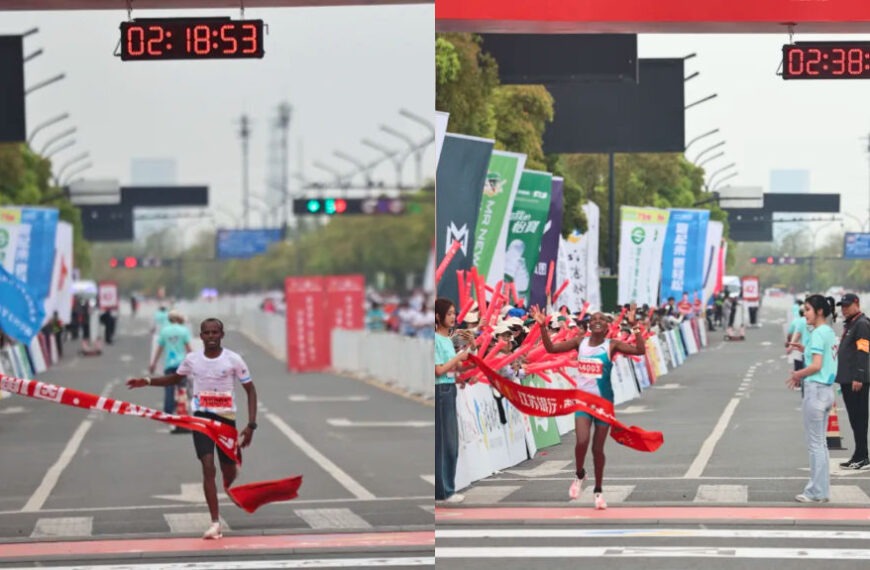In the history of modern China, Nantong set records as a kind of “city of firsts”. The new nation’s first museum, first textile school, first embroidery school, first drama school, and the first Chinese-run school for the blind and non verbal; all were established in Nantong.
Such made it in many ways the birthplace of China’s modern industry. Indeed, Nantong came to be regarded as producing some of the finest cotton in the entire country, attracting traders from as far as Guangzhou and even other countries. A reputation forged then as an area of textile-industry excellence still stands today.
Illustrative of the city’s cultural, industrial and economic development is the Nantong Museum, founded by illustrious local, Zhang Jian. Regarded as the Number One Scholar of the Imperial Exam in the late Qing Dynasty, Zhang was a well-known modern Chinese educator, entrepreneur, social activist and industrialist, who played a fundamental role in reconstruction efforts after the Second Sino-Japanese War.
More up to date, in 2014, Nantong was awarded a global first; “World Longevity City”, by the International Natural Medicine Association and the World Longevity Township Certification Committee. In particular, the award was referencing the city of Rugao, which falls under Nantong’s jurisdiction. There, with its total population of 1.2 million, one will find over 500 centenarians.
Many put such longevity down to the local climate. Jiangsu Provincial records note that Rugao is “mild and humid, without intense heat and most suitable for human survival and animal reproduction”.
This century has also seen Nantong boast some impressive economic-development data; a growth in GDP of 15.4 percent in 2005, the highest among the 13 cities of Jiangsu Province. That’s helped boost Nantong’s overall GDP to become the highest of all cities in Jiangsu which lie north of the Yangtze River; some ¥1.103 trillion in 2021. The average Nantongnian brings home ¥11,883 each month, again the highest north of the River.
This has all been in part down to the previous century of dynamism as the first place in China to be developed into a modern city after the Qing dynasty collapse. More recent roles are also being played by developments such as the opening of the Shanghai-Suzhou-Nantong Yangtze River Bridge in 2020, bringing great benefit to Rugao and the Nantong area in terms of interconnectivity with other cities across the Yangtze River Delta, and slashing journey times to Shanghai from 3 hours to 1 hour.
Nantong’s links with its big neighbouring municipality are next set to go into overdrive, with the enormous project that is Nantong New Airport, intended in part as a third airport for Shanghai. Located in Tongzhou District, some ten times bigger than the Nantong’ existing airport and bigger than Shanghai Hongqiao, the new facility shall have an initial capacity for 40 million passengers per year. A 2027 opening is predicted.
Being on the Yangtze in a strategic location in the River’s estuary, shipping has also long been a staple of Nantong. Today, it has forged a reputation for the construction of low or zero-emission ships, while shipping conglomerate, Cosco, maintains a large port and ship repair yard with over a kilometre of berthing facilities along a strip of Nantong’s riverfront.
Nantong is 2.5 hours by high-speed train from Nanjing and less than 1.5 hours from Shanghai. The city is also presently served by Nantong Xingdong International Airport.













